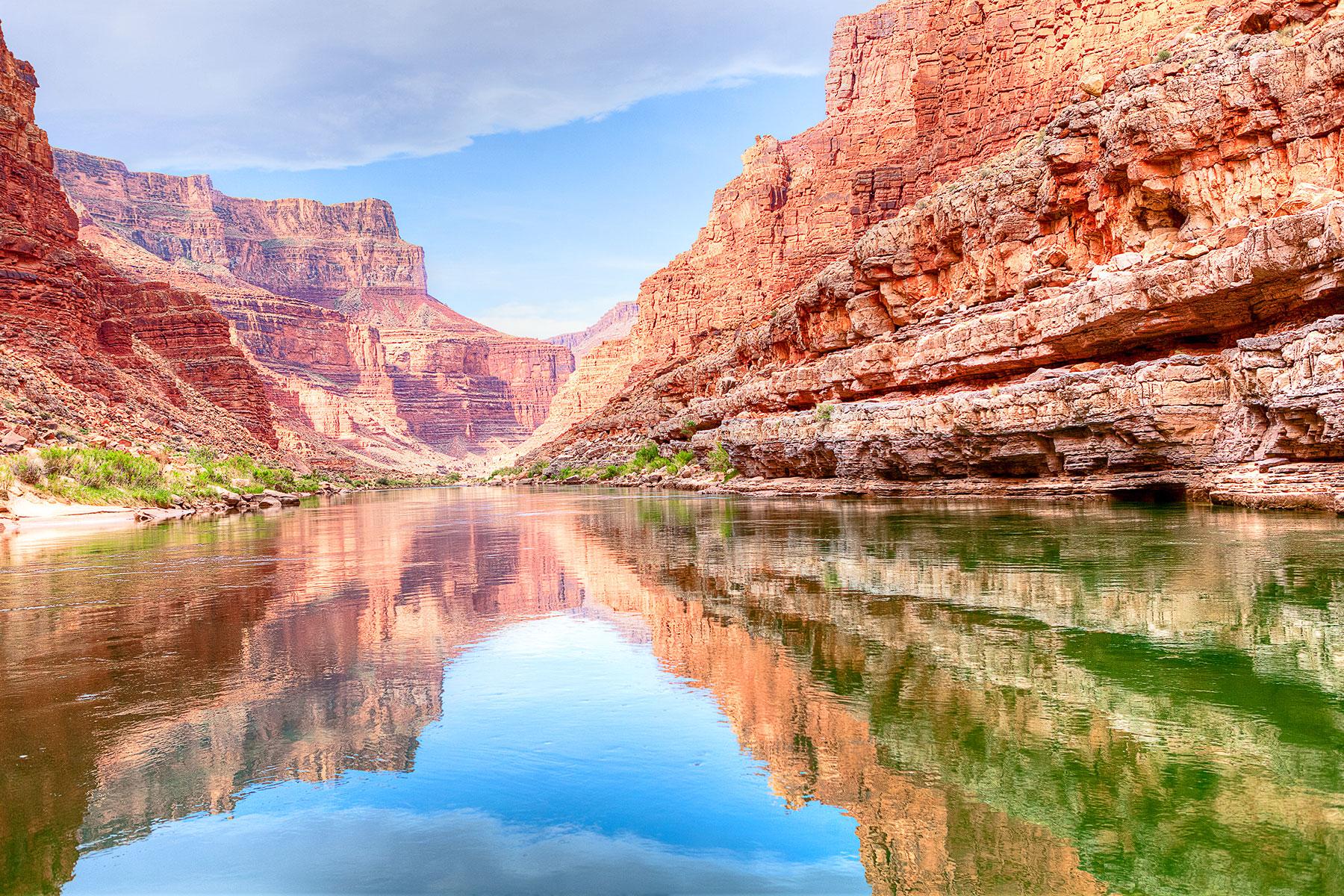As the summer concludes, we realize we failed (again) to see all the national parks.
Hey, that happens. There are 63 of them, from the Mexican border to the edge of Alaska, plus American Samoa and the U.S. Virgin Islands; there are also 360 other spots that the Park Service supervises.
Now cable and streaming help us catch up, with a five-day, nine-hour series that’s beautifully filmed. “America’s National Parks” runs all week on the National Geographic Channel, from the Everglades and the Grand Canyon (shown here) Monday, Aug. 29, to Hawaiian volcanoes Friday. It also reaches Disney+ on Aug. 31.
“Most people have barely scratched the surface when it comes to all America has to show,” Garth Brooks (who narrates the series) wrote in the introduction to a companion book. A chance to visit them, he said, is “a harbor for the soul.”
The book’s author, Stephanie Pearson, points to errors along the way – especially disrupting native tribes – but generally agrees with conservationist Wallace Stegner’s long-ago statement: “National parks are the best idea we ever had — absolutely American, absolutely democratic.”
Entitled “100 Great American Parks,” the book covers all 63 national ones and 37 others. The series settles for a few, with gorgeous footage. The schedule, plus a few facts from the book or the series:
— Monday (Aug. 29), 8 p.m.: Everglades, in Florida. Quiet beauty co-exists with imposing creatures. Some are native – this is the only spot with both alligators and crocodiles – and some are invasive. Pythons can be up to 23 feet long; one round-up captured 80 of them. (Reruns at midnight.)
— Monday, 9 p.m.: Grand Canyon, in Arizona. The canyon is a mile deep and 10 miles across, snaking for 277 miles. Five million people visit it each year, most staying on the rim. (Also, 1 a.m.)
— Tuesday, 8 p.m.: Saguaro, in Arizona. Split into two pieces by Tucson, it’s named for the awesome saguaro cactus, which grows to 50 feet and lives for more than a century. (Also, 11 p.m.)
— Tuesday, 9 p.m.: Yosemite, in California. John Muir took President Theodore Roosevelt there on a 1906 camping trip, to persuade him that we needed a national parks system. (Also, midnight.)
— Wednesday, 8 p.m.: Great Smoky Mountains. It’s the most-visited national park, drawing 12 million people a year. (Also, 11 p.m.)
— Wednesday, 9 p.m.: Big Bend, in Texas. Vast and undernoticed, it has more than 1,200 square miles, including a complete mountain range within the park. By day, it can be a baking desert; by night, it draws skywatchers, with the darkest skies of any national park in the lower 48. (Also, midnight.)
— Thursday, 8 p.m.: This one is simply called “Bear Country. (Also,11 p.m.)
— Thursday, 9 p.m.: Badlands, South Dakota. It’s a land of giant creatures, past — fossils are plentiful — and present, with buffalo thriving. (Also, midnight.)
— Friday, 9 p.m.: Hawaii Volcanoes National Parks. Alongside the sheer fury – including one volcano that erupted for 35 years – is a self-contained eco-system. From a curbed-bill woodpecker to lava-seeking beetles, most of the species are particular to Hawaii.
